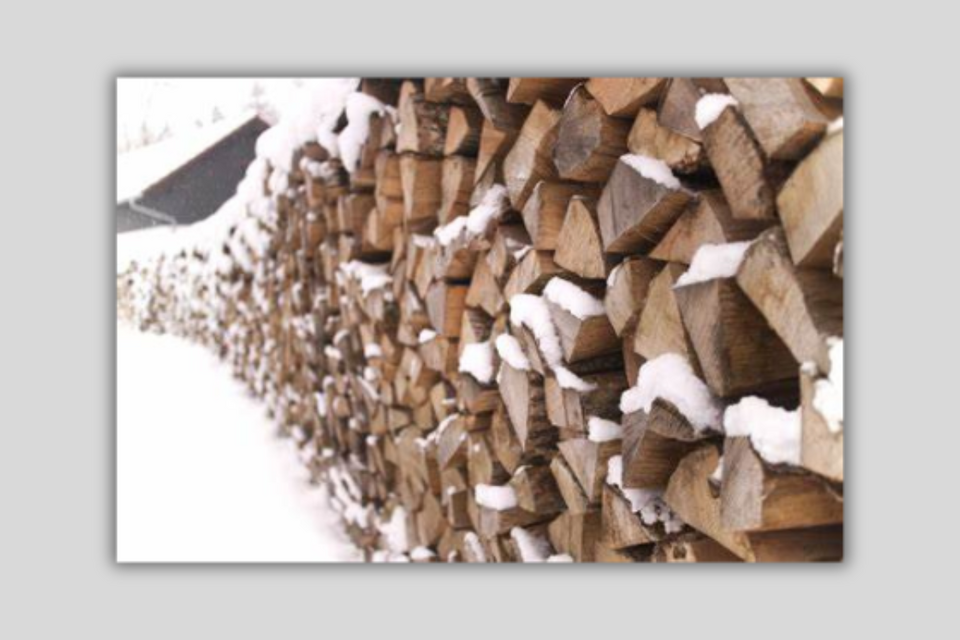As 2023 drew to a close, the lumber market held firm in pricing, as sales were buoyed by a tightening supply and moderate demand. To curb on-hand volumes, dealers stuck to highly mixed, fill-in trucks from distributors and remained cautious not to buy anything more than what they felt was enough to cover their near-term needs. This is a common stance when closing out the year as businesses often conduct year-end inventories (and no one wants to count a full yard) but, in addition businesses also get taxed on the value of their inventory year over year if it has increased. Despite those two motivators to run lean, there also appeared to be little concern that the market would change much in the near term, despite lumber mills closing for several weeks to celebrate the holidays and retool their equipment. By most reports, buyers have covered their projected needs by scheduling trucks for delivery after the New Year and business has been steady enough to merit patchy orders for prompt delivery from distributors. The lack of new truckload orders for the mills has kept pricing from increasing to any notable extent. Our biggest challenge at this time appears to be weather-related, and how it may affect demand and transportation. As dealers roll in to 2024 with lean inventories, distributors are as well as they have been the chief source for fill-in stock. It takes mills some time to get back up to normal production levels and they will be fulfilling the orders of distributors first, as they have created most of the order files. It remains to be seen, but if dealers are living too closely hand to mouth, weather delays and thin inventories could create a sales surge that may cause a spike in demand. Keeping that in mind, for January we anticipate that pricing will remain flat but firm with the outside risk of an increase, if the scenario described above plays out.
Planning and forecasting play key roles for a lumber buyer, and both are critical in determining what you buy, who you buy from, when to buy it and how much you are willing to pay for it. Your chosen strategy for procurement and how well you are able to read the upcoming need for both supply and demand can greatly affect the quality and price of the lumber you buy. For instance, it is always best to buy directly from a lumber mill. Fill-ins from distributors cost more and you usually cannot get the mill of your choice, so oftentimes you must concede on quality or even the grade. However, the benefits of buying from a distributor are that you do not have to buy a full truckload and they typically deliver in a few days. As we have seen with the wholesale market of late, many dealers have gone this route so that they can keep their inventories low, but it comes at a cost that is often seen in loss of margin and overall quality. There are greater advantages in buying directly from a mill, but it can be tricky as there are set parameters that need to be met for a truck to ship. For instance, you can’t always get everything you need from a single mill and that’s because most mills have limitations, either in capability of production (studs come from stud mills, framing comes from lumber mills) or geography (wide width, long length lumber comes from the West Coast, where the trees are bigger. Smaller dimensions are available on the East Coast). In almost every case, you need to assemble a line up of material that you are willing to buy that that particular mill can produce, meet their minimum quantities and then plan for their lead time, which not only includes where your order falls into the production schedule, but also depends heavily on the origin of the mill and the mills’ ability to secure a carrier to make the delivery. All told, lead times from date of order to date of arrival for most lumber trucks to the Cape are usually at least two and a half to three weeks, but quite often they can be much longer. The key to successfully purchasing lumber is to have enough on hand to cover your average needs and to plan ahead by buying out far enough so that by the time your inventory is running in the red zone, a fresh shipment is coming in through the gate (an ideal, but elusive scenario that every buyer tries to make as their goal). As there are always delays, this is where distribution comes in to the part of lumber buying: it’s excellent to have a local distributor that you can buy “fill-in” stock from, but only as long as you don’t have to rely upon it too much as it does cost more and you can only get what they have to offer. As part of our strategy for buying our needs for the coming year, we enter into contracts and agreements with mills who will commit to fulfilling our desired quantities for the material we specify and agree to ship them within our requested time frames. Unlike distribution, this guarantees us the material of our choice, controls pricing and quality and establishes valuable one-on-one relationships with the actual producers.
Our relationships with the mills help us to ensure that we have the best quality and competitively priced stock of what you need, when you need it. Conversely, establishing great relationships with you, our customer, helps us define the murky term “needs”. As Partners to the Pro’s, we pride ourselves on exceeding your expectations by working closely with both the “supply” side and the “demand” side of business. Thank you for your past, present and future business and have a Happy New Year!
